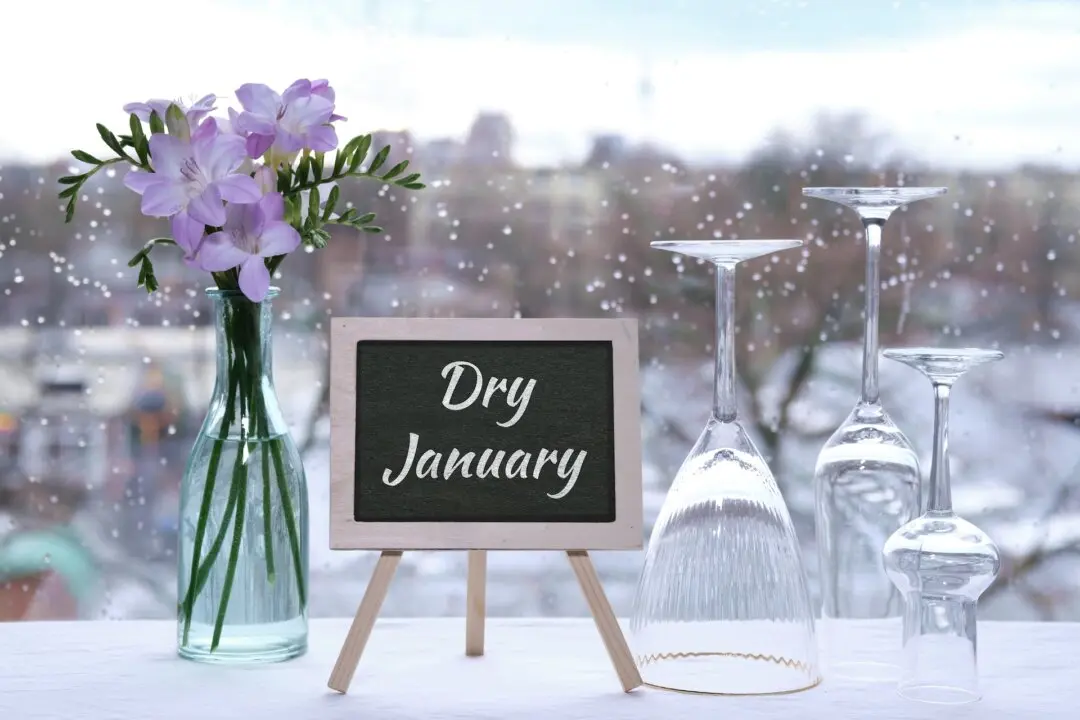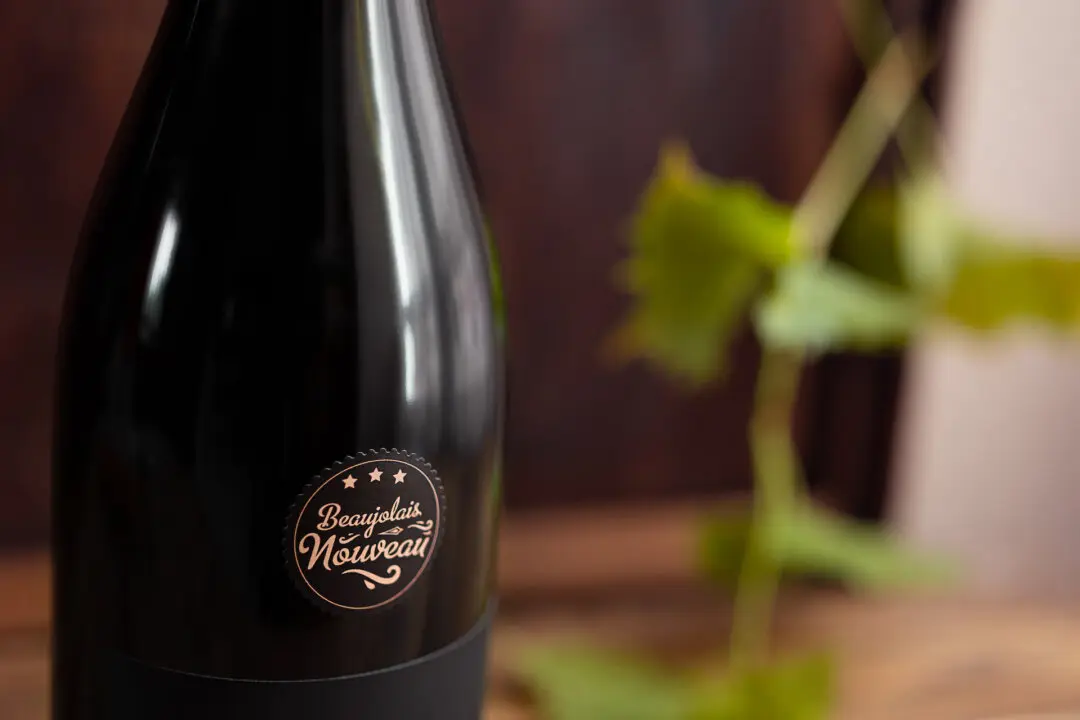An experience recently changed the way I look at wine -- and especially how others view it.
I pulled the natural cork to open a bottle of wine and poured a glass. Instantly I knew that it had been ruined by cork taint. The cork had been infected with a chemical called TCA that I occasionally see when natural corks are used to seal wine bottles.





